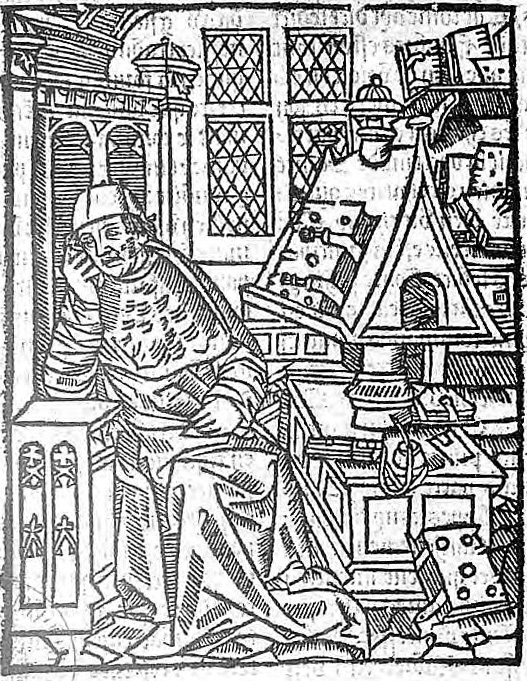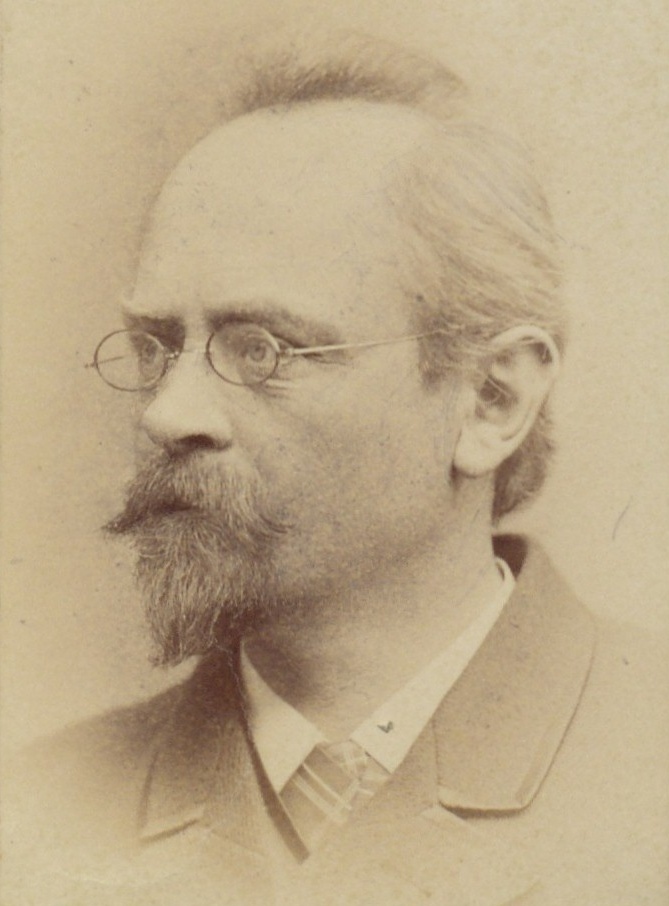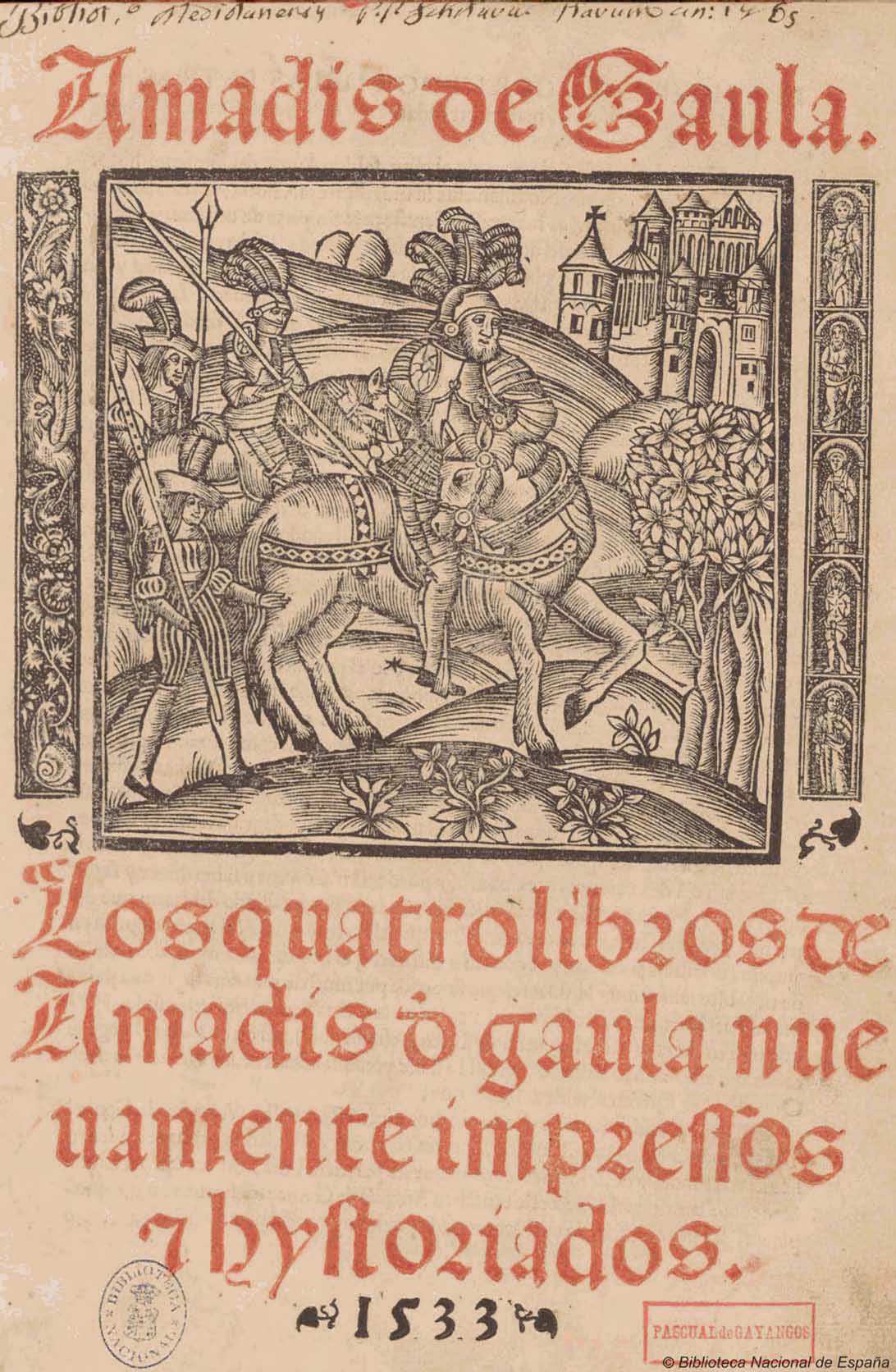|
Yvain, Knight Of The Lion
, original_title_lang = fro , translator = , written = between 1178 and 1181 , country = , language = Old French , subject = Arthurian legend , genre = Chivalric romance , form = , meter = Octosyllable , rhyme = Rhyming couplets , lines = 6,818 , oclc = , wikisource = Yvain, the Knight of the Lion , orig_lang_code = fr , native_wikisource = Yvain ou le Chevalier au Lion ''Yvain, the Knight of the Lion'' (french: Yvain ou le Chevalier au Lion) is an Arthurian romance by French poet Chrétien de Troyes. It was written c. 1180 simultaneously with ''Lancelot, the Knight of the Cart'', and includes several references to the narrative of that poem. It is a story of knight-errantry, in which the protagonist Yvain is first rejected by his lady for breaking a very important promise, and subsequently performs a number of heroic ... [...More Info...] [...Related Items...] OR: [Wikipedia] [Google] [Baidu] |
Chrétien De Troyes
Chrétien de Troyes (Modern ; fro, Crestien de Troies ; 1160–1191) was a French poet and trouvère known for his writing on Arthurian subjects, and for first writing of Lancelot, Percival and the Holy Grail. Chrétien's works, including ''Erec and Enide'', ''Lancelot'', ''Perceval'' and ''Yvain'', represent some of the best-regarded of medieval literature. His use of structure, particularly in ''Yvain'', has been seen as a step towards the modern novel. Life Little is known of his life, but he seems to have been from Troyes or at least intimately connected with it. Between 1160 and 1172 he served (perhaps as herald-at-arms, as Gaston Paris speculated) at the court of his patroness Marie of France, Countess of Champagne, daughter of King Louis VII and Eleanor of Aquitaine, who married Count Henry I of Champagne in 1164. Later, he served the court of Philippe d'Alsace, Count of Flanders. Works Chrétien's works include five major poems in rhyming eight-syllable couplets. Fo ... [...More Info...] [...Related Items...] OR: [Wikipedia] [Google] [Baidu] |
Lunete
In Arthurian legend, Lunete (also known as Luned or Lunet) is a handmaiden and advisor to the Lady of the Fountain (Laudine). It is she who is responsible for convincing Laudine to accept Ywain in marriage. She is described in Chrétien de Troyes' ''Yvain, the Knight of the Lion'' as "a charming brunette, prudent, clever and polite..."Chretien de Troyes, ''Yvain Or The Knight With The Lion'', Kessinger Publishing, June 30, 2004. When Esclados the Red (Laudine's first husband) is mortally wounded and killed by Ywain, he finds himself trapped in Laudine's castle (Castle of Landuc near Brocéliande). Lunete offers him shelter and agrees to aid him in escaping the villagers who want to avenge their lord's death. During his escape from the castle, Ywain sees Esclados' widow and falls in love with her. Ywain, with Lunete's help, wins Laudine's hand and marries her. Lunete grows to become a close friend and confidant to the Lady of the Fountain. Ywain and the Lady of the Fountain are marr ... [...More Info...] [...Related Items...] OR: [Wikipedia] [Google] [Baidu] |
Old Irish
Old Irish, also called Old Gaelic ( sga, Goídelc, Ogham script: ᚌᚑᚔᚇᚓᚂᚉ; ga, Sean-Ghaeilge; gd, Seann-Ghàidhlig; gv, Shenn Yernish or ), is the oldest form of the Goidelic/Gaelic language for which there are extensive written texts. It was used from 600 to 900. The main contemporary texts are dated 700–850; by 900 the language had already transitioned into early Middle Irish. Some Old Irish texts date from the 10th century, although these are presumably copies of texts written at an earlier time. Old Irish is thus forebear to Modern Irish, Manx, and Scottish Gaelic. Old Irish is known for having a particularly complex system of morphology and especially of allomorphy (more or less unpredictable variations in stems and suffixes in differing circumstances) as well as a complex sound system involving grammatically significant consonant mutations to the initial consonant of a word. Apparently,It is difficult to know for sure, given how little Primit ... [...More Info...] [...Related Items...] OR: [Wikipedia] [Google] [Baidu] |
Jocelyn Of Furness
Jocelyn of Furness (fl. 1175–1214) was an English Cistercian hagiographer, known for his Lives of Saint Waltheof, Saint Patrick, Saint Kentigern and Saint Helena of Constantinople. He is probably responsible for the popular legendary association of Saint Patrick with snakes, which he purportedly cast out of Ireland. Biography He was a monk of Furness Abbey (now in Barrow-in-Furness, Cumbria), and translated or adapted Celtic hagiographical material for Anglo-Norman readers. He wrote for Jocelyn, Bishop of Glasgow, a Life of Kentigern, and for John de Courcy and Thomas (Tommaltach), Archbishop of Armagh a Life of St Patrick. His Life of Waltheof was written to promote the cult of a former abbot of Melrose. The Life of St Helena was probably commissioned by a female community in England. Another work attributed to him was a book of British bishops. It has been claimed that he was also Abbot of Rushen Abbey Rushen Abbey is a former abbey on the Isle of Man, located in Bal ... [...More Info...] [...Related Items...] OR: [Wikipedia] [Google] [Baidu] |
Lot Of Lothian
King Lot , also spelled Loth or Lott (Lleu or Llew in Welsh), is a British monarch in Arthurian legend. He was introduced in Geoffrey of Monmouth's influential chronicle ''Historia Regum Britanniae'' that portrayed him as King Arthur's brother-in-law and under-king, who serves as regent of Britain during the time between the reigns of Uther and Arthur. In the wake of Geoffrey, Lot has appeared regularly in the works of chivalric romance, alternating between the roles of Arthur's enemy and ally. He chiefly figures as ruler of the northern realm of Lothian and sometimes Norway; in other texts he rules Great Britain's northernmost Orkney isles. He is generally depicted as the husband of Arthur's sister or half-sister, often known as Anna or Morgause. The names and number of their children vary depending on the source, but the later romance tradition has given him the sons Gawain, Agravain, Gaheris, Gareth, and Mordred. Lot's literary character is likely connected to the hagiogr ... [...More Info...] [...Related Items...] OR: [Wikipedia] [Google] [Baidu] |
Theneva
Teneu (or Thenew ( la, Theneva), Tannoch, Thaney, Thanea, Denw, etc.) is a legendary Christian saint who was venerated in medieval Glasgow, Scotland. Traditionally she was a sixth-century Brittonic princess of the ancient kingdom of Gododdin (in what became Lothian) and the mother of Saint Mungo, apostle to the Britons of Strathclyde and founder of the city of Glas Ghu (Glasgow). She and her son are regarded as the city's co-patrons, and Glasgow's St Enoch Square allegedly marks the site of a medieval chapel dedicated to her, built on or near her grave ("St. Enoch" is in fact a corruption of "St. Teneu"). She is commemorated annually on 18 July. Name In the first recorded hagiography of her son, her name is given as Thaney. The ''Vita Kentigerni'' ("Life of Saint Mungo"), which was commissioned by Bishop Jocelin of Glasgow and redacted later (circa 1185) by the monk Jocelyn of Furness (who claimed he rewrote it from an earlier Glasgow legend and an old Gaelic document), give ... [...More Info...] [...Related Items...] OR: [Wikipedia] [Google] [Baidu] |
Saint Mungo
Kentigern ( cy, Cyndeyrn Garthwys; la, Kentigernus), known as Mungo, was a missionary in the Brittonic Kingdom of Strathclyde in the late sixth century, and the founder and patron saint of the city of Glasgow. Name In Wales and England, this saint is known by his birth and baptismal name Kentigern ( cy, Cyndeyrn). This name probably comes from the British *''Cuno-tigernos'', which is composed of the elements *''cun'', a hound, and *''tigerno'', a lord, prince, or king. The evidence is based on the Old Welsh record ''Conthigirn(i)''. Other etymologies have been suggested, including British *''Kintu-tigernos'' 'chief prince' based on the English form Kentigern, but the Old Welsh form above and Old English ''Cundiʒeorn'' do not appear to support this. Particularly in Scotland, he is known by the pet name Mungo, possibly derived from the Cumbric equivalent of the cy, fy nghu 'my dear (one)'. The Mungo pet name or hypocorism has a Gaelic parallel in the form Mo Choe or Mo Cha, und ... [...More Info...] [...Related Items...] OR: [Wikipedia] [Google] [Baidu] |
Hagiography
A hagiography (; ) is a biography of a saint or an ecclesiastical leader, as well as, by extension, an adulatory and idealized biography of a founder, saint, monk, nun or icon in any of the world's religions. Early Christian hagiographies might consist of a biography or ', a description of the saint's deeds or miracles (from Latin ''vita'', life, which begins the title of most medieval biographies), an account of the saint's martyrdom (called a ), or be a combination of these. Christian hagiographies focus on the lives, and notably the miracles, ascribed to men and women canonized by the Roman Catholic church, the Eastern Orthodox Church, the Oriental Orthodox churches, and the Church of the East. Other religious traditions such as Buddhism, Hinduism, Taoism, Islam, Sikhism and Jainism also create and maintain hagiographical texts (such as the Sikh Janamsakhis) concerning saints, gurus and other individuals believed to be imbued with sacred power. Hagiographic works, especi ... [...More Info...] [...Related Items...] OR: [Wikipedia] [Google] [Baidu] |
Wendelin Förster
Wendelin Förster (often written as Foerster; 10 February 1844 – 18 May 1915) was an Austrian philologist and Romance scholar. Biography Förster was born in Wildschütz in Silesia (present day Vlčice, Czech Republic) and educated in Vienna, where he obtained his doctorate in 1872 as a student of Johannes Vahlen. Following a study trip to Paris, he received his habilitation in Vienna with a dissertation involving Romance philology. In 1874 he became an associate professor at the University of Prague, and two years later was named a full professor at the University of Bonn as successor to Friedrich Christian Diez. One of his noteworthy achievements was the definite establishment of the Breton transmission of the Arthurian legend. [...More Info...] [...Related Items...] OR: [Wikipedia] [Google] [Baidu] |
Knight-errant
A knight-errant (or knight errant) is a figure of medieval chivalric romance literature. The adjective '' errant'' (meaning "wandering, roving") indicates how the knight-errant would wander the land in search of adventures to prove his chivalric virtues, either in knightly duels (''pas d'armes'') or in some other pursuit of courtly love. Description The knight-errant is a character who has broken away from the world of his origin, in order to go off on his own to right wrongs or to test and assert his own chivalric ideals. He is motivated by idealism and goals that are often illusory. In medieval Europe, knight-errantry existed in literature, though fictional works from this time often were presented as non-fiction. The template of the knight-errant were the heroes of the Round Table of the Arthurian cycle such as Gawain, Lancelot, and Percival. The quest ''par excellence'' in pursuit of which these knights wandered the lands is that of the Holy Grail, such as in ''Perceval, ... [...More Info...] [...Related Items...] OR: [Wikipedia] [Google] [Baidu] |
Rhymed Couplet
A couplet is a pair of successive lines of metre in poetry. A couplet usually consists of two successive lines that rhyme and have the same metre. A couplet may be formal (closed) or run-on (open). In a formal (or closed) couplet, each of the two lines is end-stopped, implying that there is a grammatical pause at the end of a line of verse. In a run-on (or open) couplet, the meaning of the first line continues to the second. Background The word "couplet" comes from the French word meaning "two pieces of iron riveted or hinged together". The term "couplet" was first used to describe successive lines of verse in Sir P. Sidney's '' Arcadia '' in 1590: "In singing some short coplets, whereto the one halfe beginning, the other halfe should answere." While couplets traditionally rhyme, not all do. Poems may use white space to mark out couplets if they do not rhyme. Couplets in iambic pentameter are called ''heroic couplets''. John Dryden in the 17th century and Alexander Pope in th ... [...More Info...] [...Related Items...] OR: [Wikipedia] [Google] [Baidu] |
Octosyllable
The octosyllable or octosyllabic verse is a line of verse with eight syllables. It is equivalent to tetrameter verse in trochees in languages with a stress accent. Its first occurrence is in a 10th-century Old French saint's legend, the '' Vie de Saint Leger''; another early use is in the early 12th-century Anglo-Norman '' Voyage de saint Brendan''. It is often used in French, Italian, Spanish and Portuguese poetry. While commonly used in couplets, typical stanzas using octosyllables are: décima, some quatrains, redondilla. In Spanish verse, an octosyllable is a line that has its seventh syllable stressed, on the principle that this would normally be the penultimate syllable of a word (''Lengua Castellana y Literatura'', ed. Grazalema Santillana. El Verso y su Medida, p. 46). If the final word of a line does not fit this pattern, the line could have eight or seven or nine syllables (as normally counted), thus – :1 / 2 / 3 / 4 / 5 / Gra/NA/da :1 / 2 / 3 / 4 / 5 / Ma/DR ... [...More Info...] [...Related Items...] OR: [Wikipedia] [Google] [Baidu] |
_Owain.jpg)




